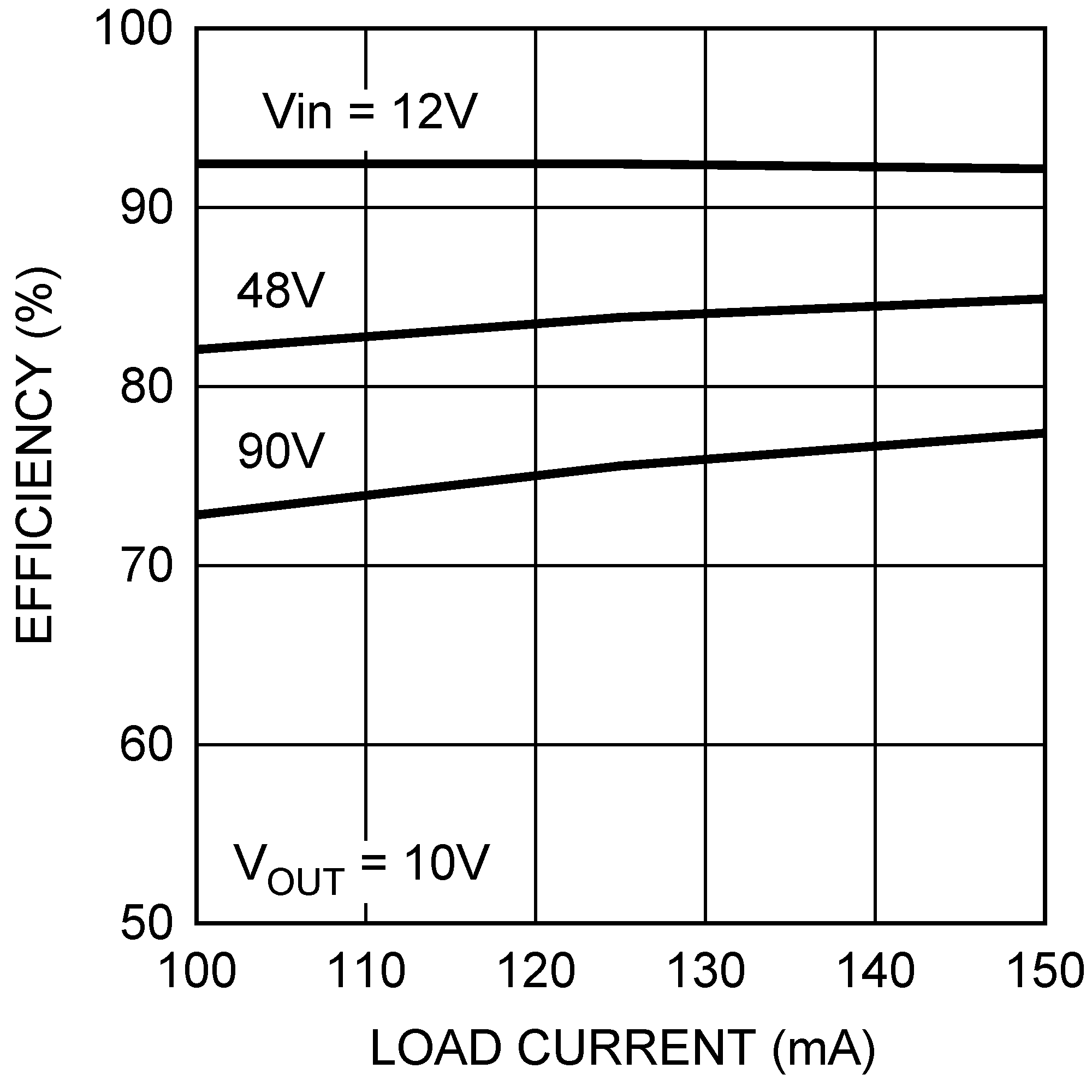SNVS697E January 2011 – December 2016 SM72485
PRODUCTION DATA.
- 1 Features
- 2 Applications
- 3 Description
- 4 Revision History
- 5 Pin Configuration and Functions
- 6 Specifications
- 7 Detailed Description
- 8 Application and Implementation
- 9 Power Supply Recommendations
- 10Layout
- 11Device and Documentation Support
- 12Mechanical, Packaging, and Orderable Information
Package Options
Mechanical Data (Package|Pins)
Thermal pad, mechanical data (Package|Pins)
- DGK|8
Orderable Information
6 Specifications
6.1 Absolute Maximum Ratings
over operating free-air temperature range (unless otherwise noted)(1)(2)(3)| MIN | MAX | UNIT | |
|---|---|---|---|
| VIN to GND | –0.3 | 100 | V |
| BST to GND | –0.3 | 114 | V |
| SW to GND (steady-state) | –1 | V | |
| BST to VCC | 100 | V | |
| BST to SW | 14 | V | |
| VCC to GND | 14 | V | |
| All other inputs to GND | –0.3 | 7 | V |
| Storage temperature, Tstg | –55 | 150 | °C |
(1) Stresses beyond those listed under Absolute Maximum Ratings may cause permanent damage to the device. These are stress ratings only, which do not imply functional operation of the device at these or any other conditions beyond those indicated under Recommended Operating Conditions. Exposure to absolute-maximum-rated conditions for extended periods may affect device reliability.
(2) If Military/Aerospace specified devices are required, please contact the Texas Instruments Sales Office/Distributors for availability and specifications.
(3) For detailed information on soldering plastic VSSOP and WSON packages, see Absolute Maximum Ratings for Soldering (SNOA549).
6.2 ESD Ratings
| VALUE | UNIT | |||
|---|---|---|---|---|
| V(ESD) | Electrostatic discharge | Human-body model (HBM), per ANSI/ESDA/JEDEC JS-001(1) | ±2000 | V |
(1) JEDEC document JEP155 states that 500-V HBM allows safe manufacturing with a standard ESD control process.
6.3 Recommended Operating Conditions
over operating free-air temperature range (unless otherwise noted)| MIN | MAX | UNIT | ||
|---|---|---|---|---|
| VIN | Input voltage | 6 | 95 | V |
| TJ | Operating junction temperature | –40 | 125 | °C |
6.4 Thermal Information
| THERMAL METRIC(1) | SM72485 | UNIT | ||
|---|---|---|---|---|
| DGK (VSSOP) | NGU (WSON) | |||
| 8 PINS | 8 PINS | |||
| RθJA | Junction-to-ambient thermal resistance | 139.6 | 42.3 | °C/W |
| RθJC(top) | Junction-to-case (top) thermal resistance | 41.8 | 41.4 | °C/W |
| RθJB | Junction-to-board thermal resistance | 68.4 | 20.1 | °C/W |
| ψJT | Junction-to-top characterization parameter | 4.2 | 0.4 | °C/W |
| ψJB | Junction-to-board characterization parameter | 67.5 | 20.3 | °C/W |
| RθJC(bot) | Junction-to-case (bottom) thermal resistance | — | 4.1 | °C/W |
(1) For more information about traditional and new thermal metrics, see the Semiconductor and IC Package Thermal Metrics application report.
6.5 Electrical Characteristics
Typical values apply for TA = TJ = 25°C, Minimum and Maximum limits apply for TA = TJ = –40°C to 125°C, and VIN = 48 V (unless otherwise noted)(1)| PARAMETER | TEST CONDITIONS | MIN | TYP | MAX | UNIT | |
|---|---|---|---|---|---|---|
| VCC SUPPLY | ||||||
| VCCREG | VCC regulator output | VIN = 48 V | 6.6 | 7 | 7.4 | V |
| Dropout voltage, VIN – VCC | VIN = 6 V to 8.5 V | 100 | mV | |||
| VCC bypass threshold | VIN rising | 8.5 | V | |||
| VCC bypass hysteresis | 300 | mV | ||||
| VCC output impedance | VIN = 6 V | 100 | Ω | |||
| VIN = 10 V | 8.8 | |||||
| VIN = 48 V | 0.8 | |||||
| VCC current limit | VIN = 48 V | 9.2 | mA | |||
| VCC UVLO | VCC rising | 5.3 | V | |||
| VCC UVLO hysteresis | 190 | mV | ||||
| VCC UVLO filter delay | 3 | µs | ||||
| ICC | Operating current | VFB = 3 V, VIN = 48 V | 550 | 750 | µA | |
| Shutdown current | VRT/SD = 0 V | 110 | 176 | µA | ||
| SWITCH CHARACTERISTICS | ||||||
| Buckswitch RDS(ON) | ITEST = 200 mA | 2.2 | 4.6 | Ω | ||
| Gate drive UVLO | VBST – VSW rising | 2.8 | 3.8 | 4.8 | V | |
| Gate drive UVLO hysteresis | 490 | mV | ||||
| Precharge switch voltage | At 1 mA | 0.8 | V | |||
| Precharge switch on-time | 150 | ns | ||||
| CURRENT LIMIT | ||||||
| Current limit threshold | 0.24 | 0.3 | 0.36 | A | ||
| Current limit response time | ISW overdrive = 0.1 A, time to switch OFF | 350 | ns | |||
| tOFF_1 | Off-time generator | VFB = 0 V, RCL = 100 kΩ | 35 | µs | ||
| tOFF_2 | Off-time generator | VFB = 2.3 V, RCL = 100 kΩ | 2.56 | |||
| ON-TIME GENERATOR | ||||||
| tON_1 | On-time generator | VIN = 10 V, RON = 200 kΩ | 2.15 | 2.77 | 3.5 | µs |
| tON_2 | On-time generator | VIN = 95 V, RON = 200 kΩ | 200 | 300 | 420 | ns |
| Remote shutdown threshold | Rising | 0.4 | 0.7 | 1.05 | V | |
| Remote shutdown hysteresis | 35 | mV | ||||
| MINIMUM OFF-TIME | ||||||
| Minimum off-time | VFB = 0 V | 300 | ns | |||
| REGULATION AND OV COMPARATORS | ||||||
| FB reference threshold | Internal reference, trip point for switch = ON | 2.445 | 2.5 | 2.55 | V | |
| FB overvoltage threshold | Trip point for switch = OFF | 2.875 | V | |||
| FB bias current | 100 | nA | ||||
| THERMAL SHUTDOWN | ||||||
| TSD | Thermal shutdown temperature | 165 | °C | |||
| Thermal shutdown hysteresis | 25 | °C | ||||
(1) All limits are ensured. All electrical characteristics having room temperature limits are tested during production with TA = TJ = 25°C. All minimum and maximum limits are ensured by correlating the electrical characteristics to process and temperature variations and applying statistical process control.
6.6 Typical Characteristics
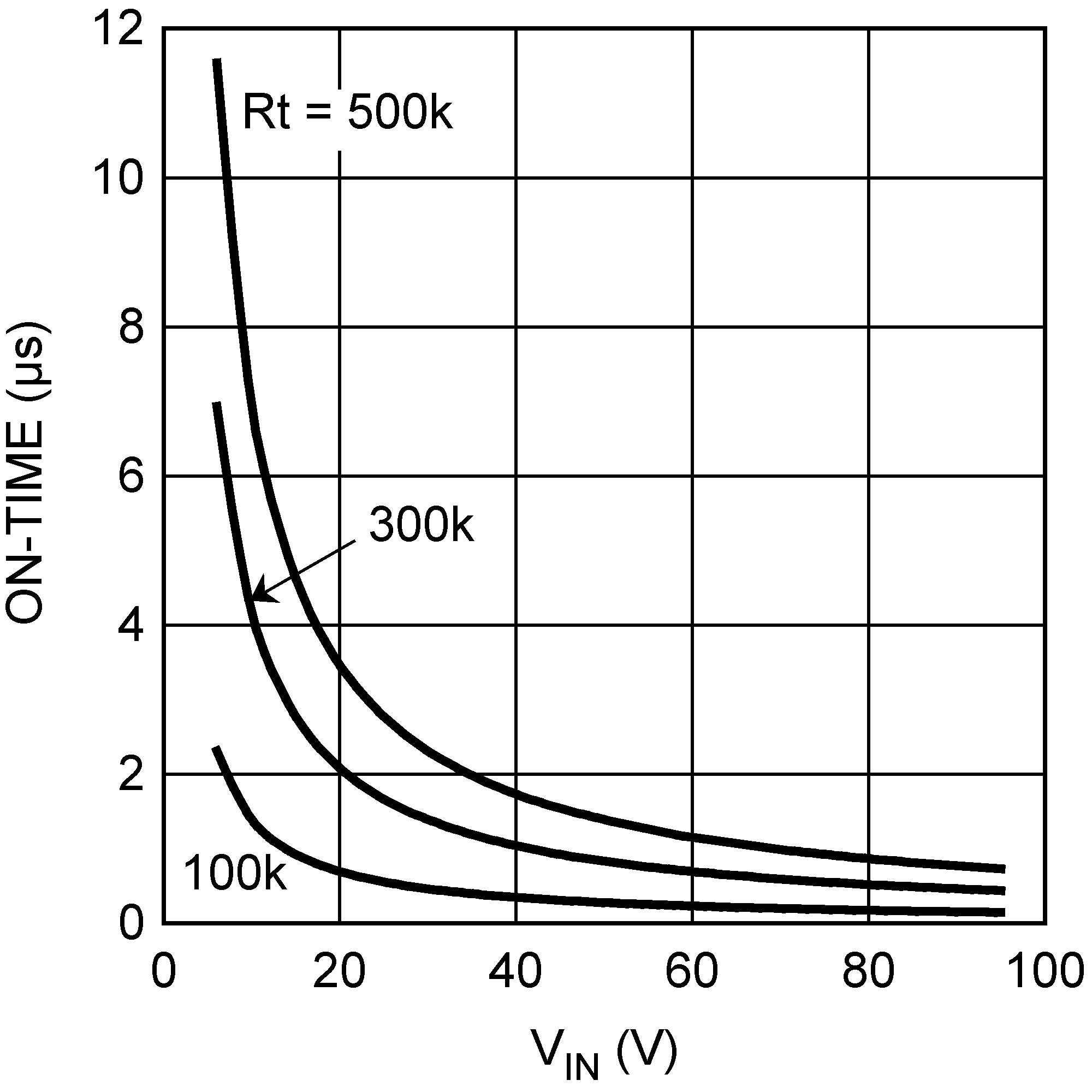 Figure 3. On-Time vs Input Voltage and RT
Figure 3. On-Time vs Input Voltage and RT
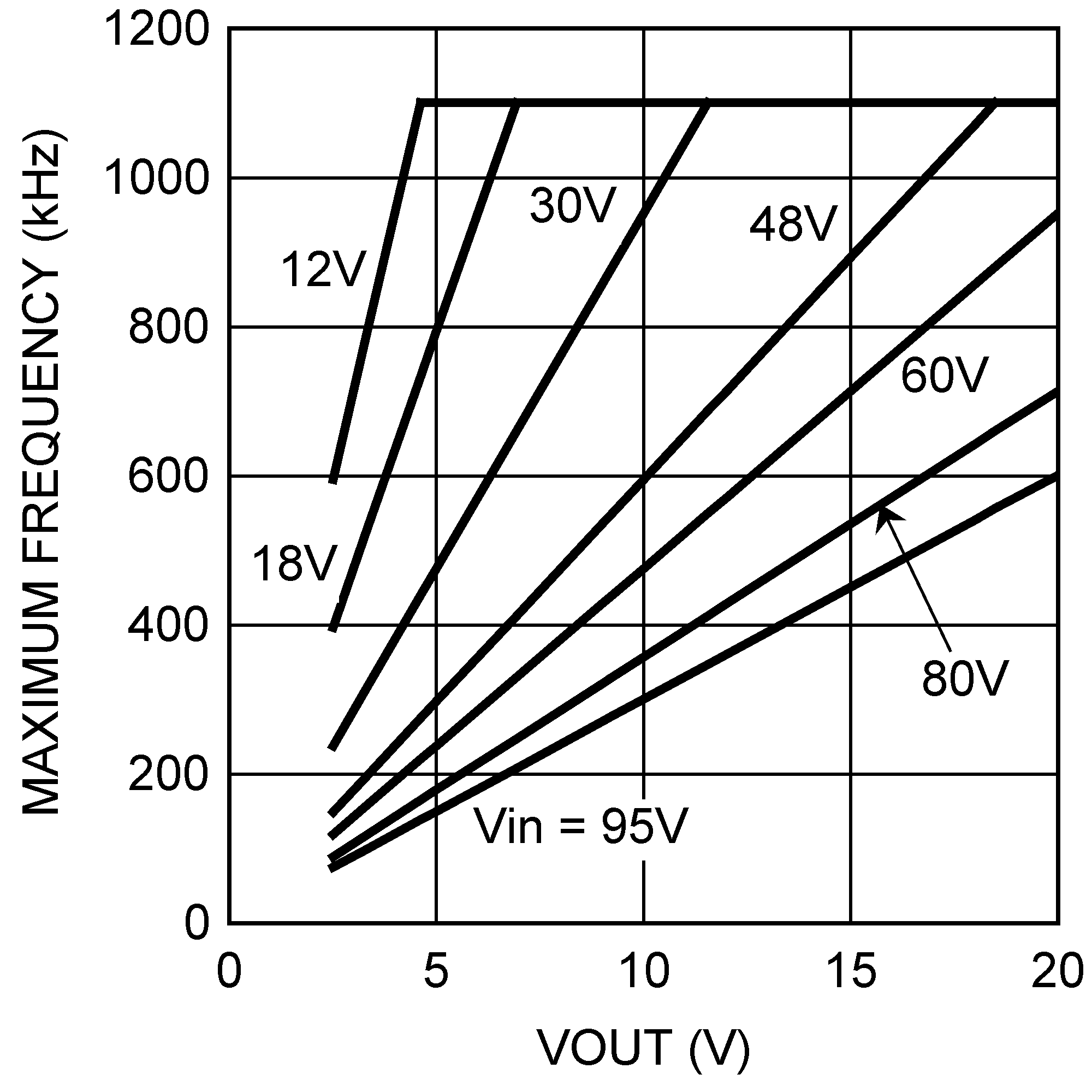 Figure 5. Maximum Frequency vs VOUT and VIN
Figure 5. Maximum Frequency vs VOUT and VIN
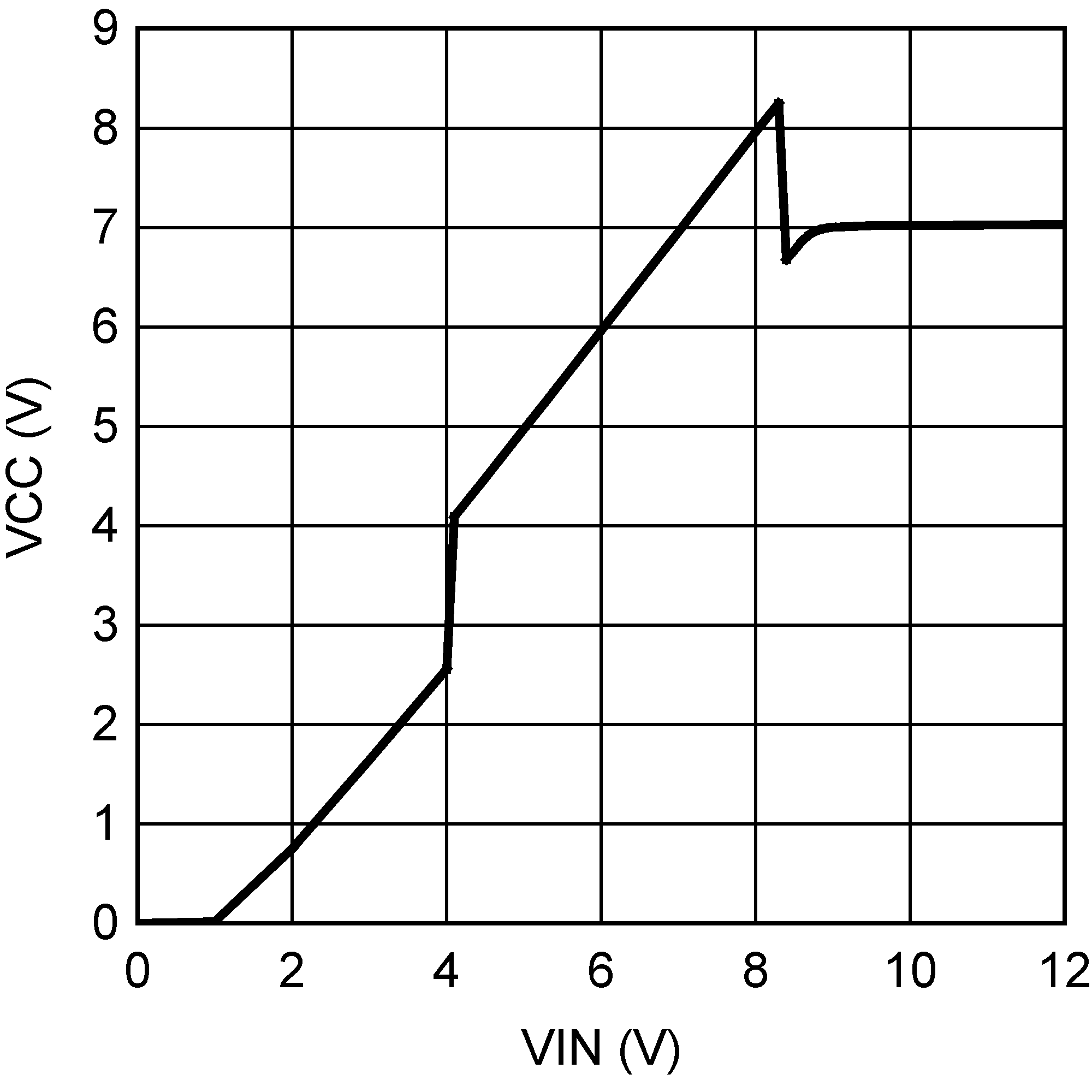
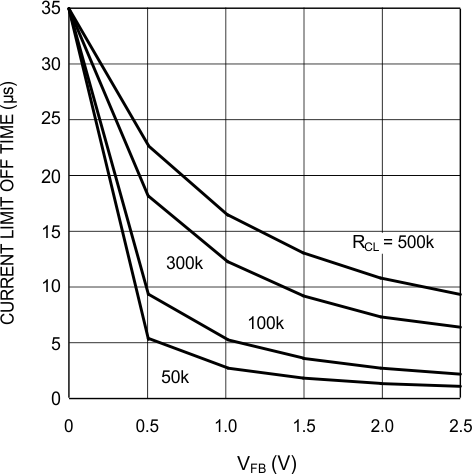 Figure 4. Current Limit OFF-Time vs VFB and RCL
Figure 4. Current Limit OFF-Time vs VFB and RCL
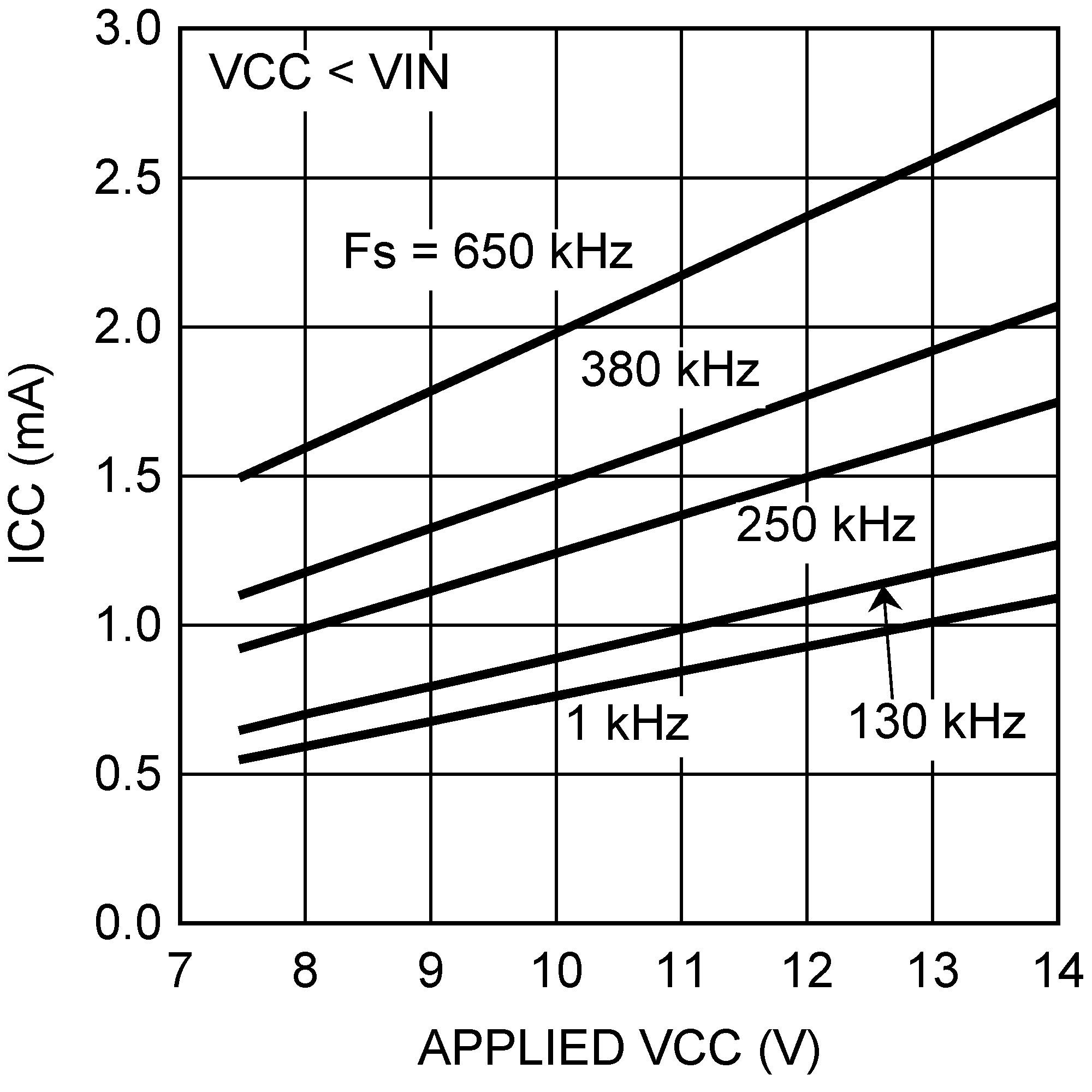 Figure 6. ICC Current vs Applied VCC Voltage
Figure 6. ICC Current vs Applied VCC Voltage
